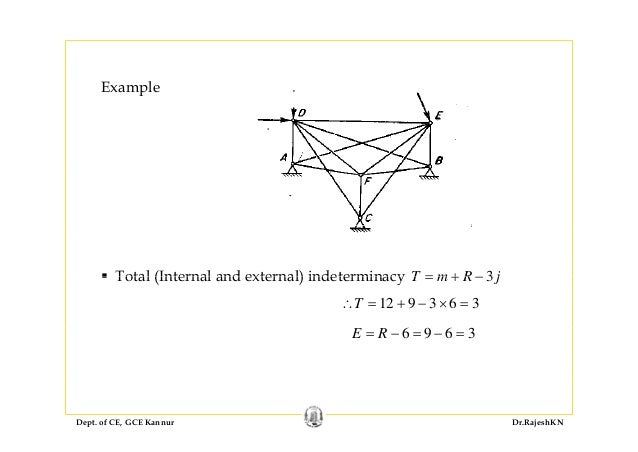

In particular, the Gaussian curvature is invariant under isometric deformations of the surface.

The "remarkable", and surprising, feature of this theorem is that although the definition of the Gaussian curvature of a surface S in R 3 certainly depends on the way in which the surface is located in space, the end result, the Gaussian curvature itself, is determined by the intrinsic metric of the surface without any further reference to the ambient space: it is an intrinsic invariant. Equivalently, the determinant of the second fundamental form of a surface in R 3 can be so expressed.
#Missler angles of a triangle in curved space full#
In fact, it can be found given the full knowledge of the first fundamental form and expressed via the first fundamental form and its partial derivatives of first and second order. Gauss's Theorema egregium (Latin: "remarkable theorem") states that Gaussian curvature of a surface can be determined from the measurements of length on the surface itself. (Recall that the Hessian is the 2×2 matrix of second derivatives.) This definition allows one immediately to grasp the distinction between a cup/cap versus a saddle point. Then the Gaussian curvature of the surface at p is the determinant of the Hessian matrix of f (being the product of the eigenvalues of the Hessian). We represent the surface by the implicit function theorem as the graph of a function, f, of two variables, in such a way that the point p is a critical point, that is, the gradient of f vanishes (this can always be attained by a suitable rigid motion). They measure how the surface bends by different amounts in different directions at that point. The two principal curvatures at a given point of a surface are the eigenvalues of the shape operator at the point. When a surface has a constant negative Gaussian curvature, then it is a pseudospherical surface and the geometry of the surface is hyperbolic geometry. Spheres and patches of spheres have this geometry, but there exist other examples as well, such as the football. When a surface has a constant positive Gaussian curvature, then the geometry of the surface is spherical geometry. When a surface has a constant zero Gaussian curvature, then it is a developable surface and the geometry of the surface is Euclidean geometry. Most surfaces will contain regions of positive Gaussian curvature (elliptical points) and regions of negative Gaussian curvature separated by a curve of points with zero Gaussian curvature called a parabolic line.


 0 kommentar(er)
0 kommentar(er)
